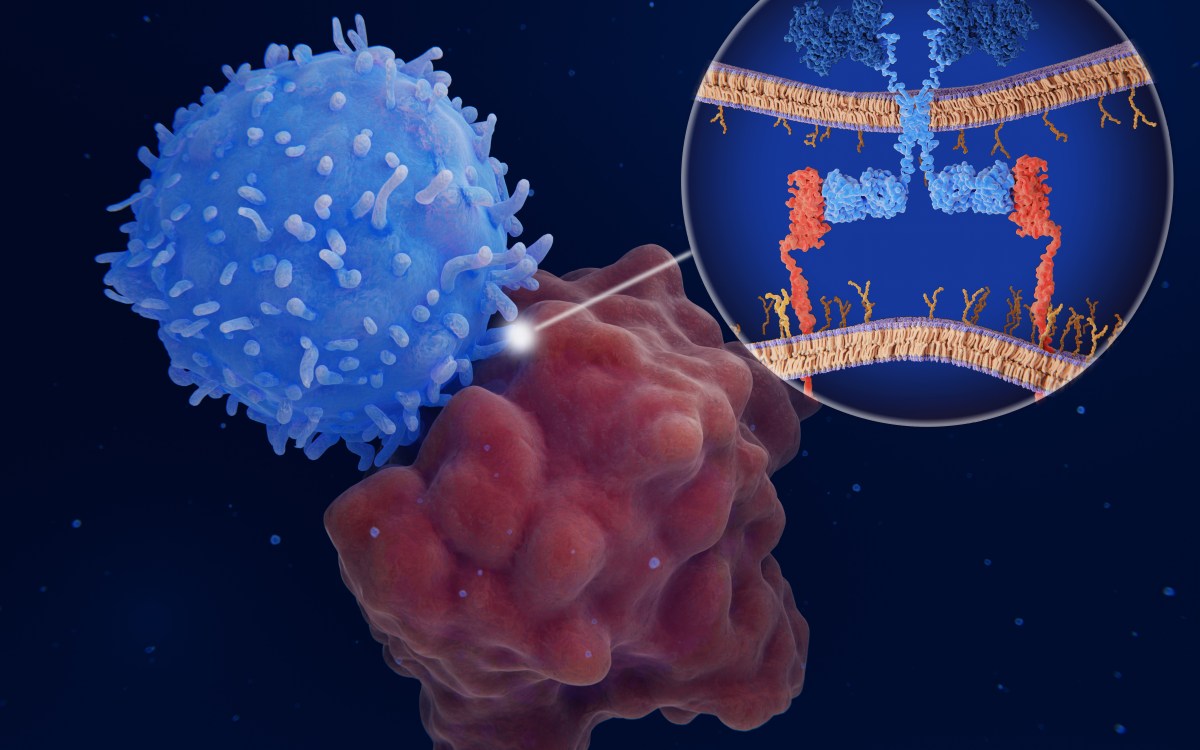Microfluidics Lab provides new core facility for undergraduate teaching
With little more than a conventional photocopier and transparency film, anyone can build a functional microfluidic chip.
A local Cambridge high school physics teacher perfected the process; now, thanks to a new undergraduate teaching lab at Harvard’s School of Engineering and Applied Sciences (SEAS), students will be able explore microfluidics and its applications.
The Microfluidics Lab, developed by Anas Chalah, director of instructional technology at SEAS, takes advantage of a simple but ingenious new method of creating lab-on-a-chip devices that are quick to produce, affordable, and reusable.
Chalah is excited—contagiously so—about the lab’s potential to serve students from all areas of science and engineering.
“Harvard University shaped the emergence of the field of microfluidics and soft lithography through the leading research conducted in the labs of George Whitesides and David Weitz, among others,” he says. “Now we are bringing those areas of experimentation to the undergraduate teaching labs at SEAS.”





